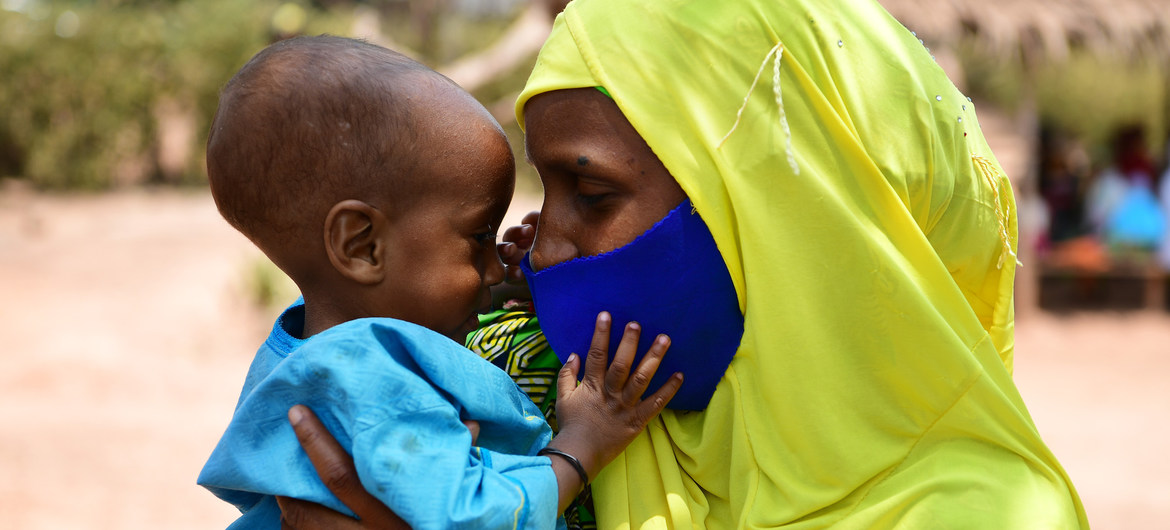November 7, 2024
During the COVID-19 pandemic, public health measures such as lockdowns, masking, and travel restrictions brought an unexpected shift in global influenza patterns. These nonpharmaceutical interventions (NPIs), which were primarily intended to curb the spread of COVID-19, also led to a sharp global reduction in seasonal flu cases. Now, a new study suggests that these measures may have caused a once-common flu strain, influenza B/Yamagata, to vanish—possibly even to the point of extinction.
In a study published in Science, researcher Zhiyuan Chen and colleagues explored how these pandemic-era interventions altered the transmission and evolution of influenza viruses. Their investigation combined data on flu epidemiology, genetics, and international travel before, during, and after the pandemic. The findings show that travel restrictions and social distancing measures sharply reduced international flu transmission. Consequently, cases of influenza A (subtypes H1N1 and H3N2) and influenza B (subtypes Victoria and Yamagata) declined dramatically during the pandemic.
Not all regions saw the same drop in flu cases. In areas with relatively fewer COVID-19 restrictions, such as South Asia and West Asia, influenza continued to circulate, albeit at reduced levels. For instance, influenza A continued to spread in South Asia, while influenza B/Victoria remained active in West Asia. These regions became evolutionary “hotspots,” serving as sources for new viral variations while other parts of the world saw little flu activity.
By early 2023, as global travel resumed, influenza transmission began to rebound to pre-pandemic levels. However, influenza B/Yamagata, which had not been detected since the start of the pandemic, remained absent from global data. This absence has led scientists to speculate that B/Yamagata may have gone extinct due to the COVID-related disruption in transmission.
In a related commentary, researchers Pejman Rohani and Justin Bahl note that these findings highlight the effectiveness of nonpharmaceutical interventions in curbing viral transmission and evolution. While vaccines are essential tools, this study underscores that behavioral and social measures can dramatically impact viral spread, possibly even leading to the extinction of certain strains.
The study’s insights not only provide a clearer picture of the pandemic’s unintended effects on influenza but also underscore the power of social interventions in shaping viral dynamics.










